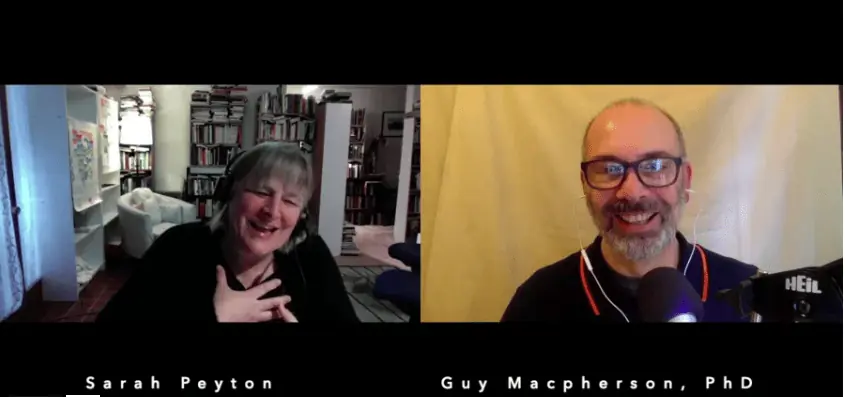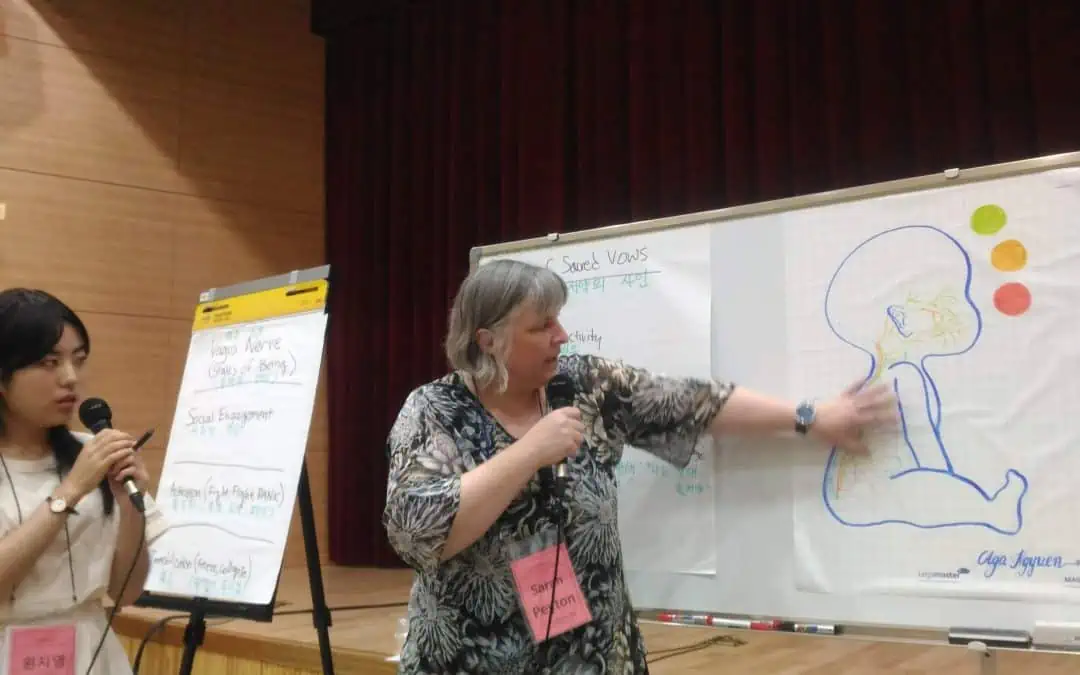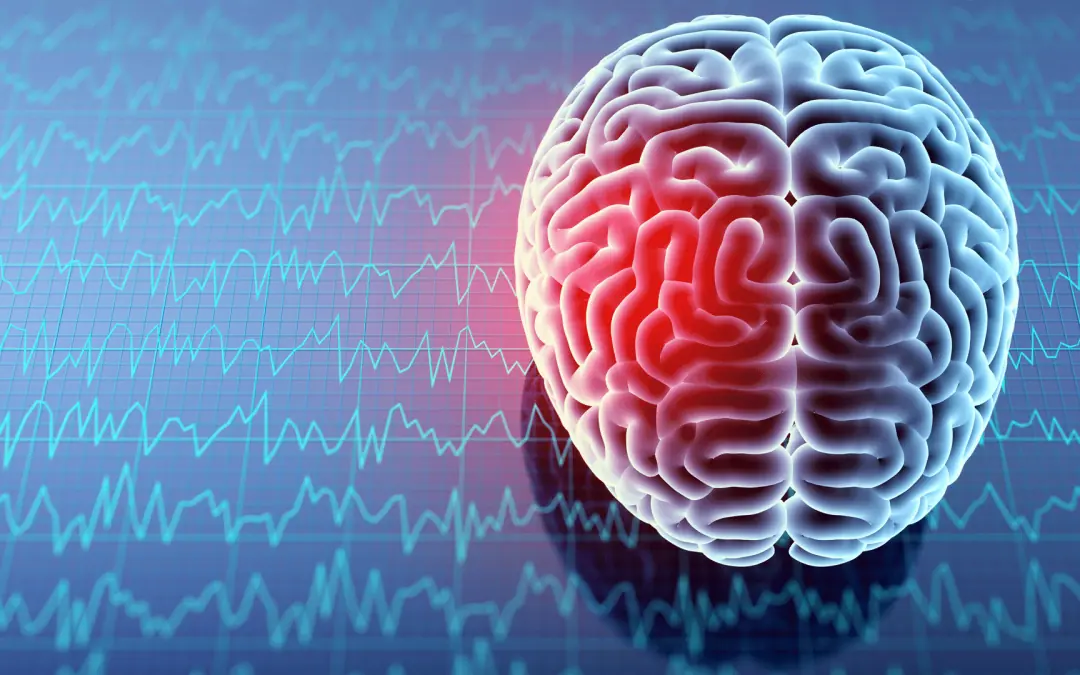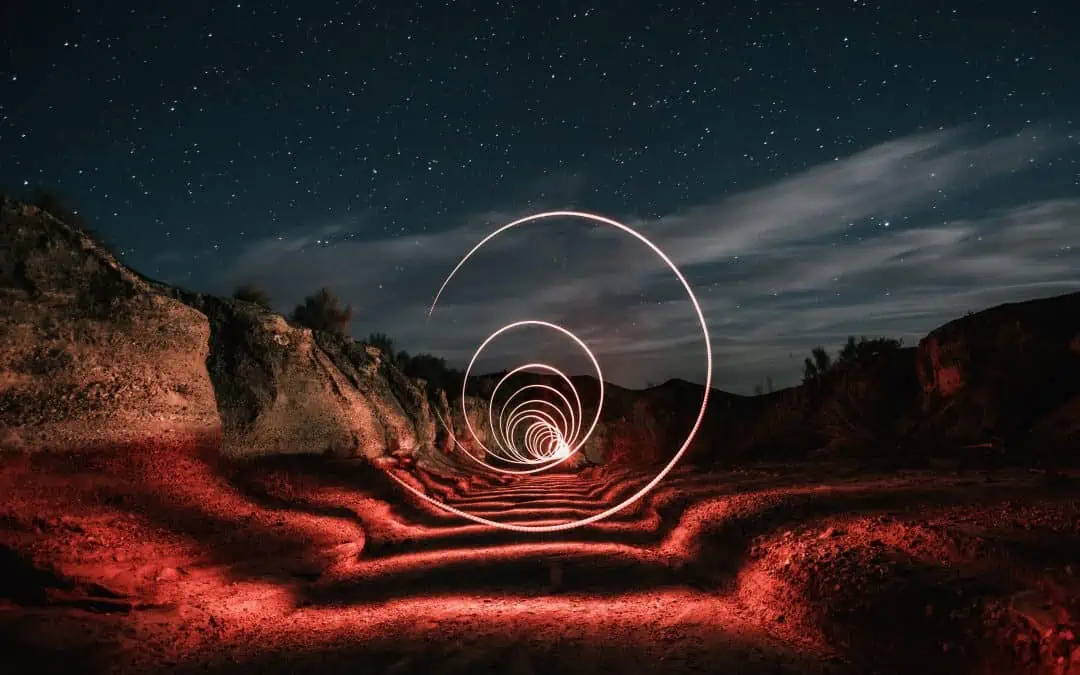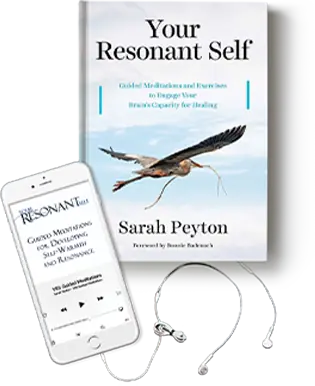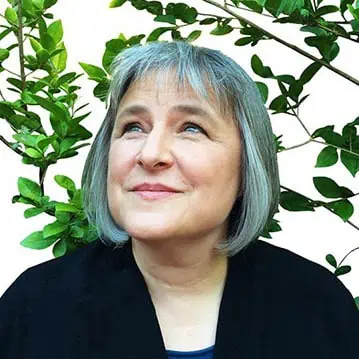Understanding Rage and Honoring Boundaries in Healing Trauma
In our culture, rage is considered mostly unacceptable, especially by women. But rage is one of our eight circuits of emotion and motivation. In this podcast interview, we discuss how rage helps us understand when our boundaries have been violated.
Why is rage so important to our well-being?
In this interview with Guy MacPherson of the Trauma Therapist podcast, we explore Jaak Panksepp’s Circuits of Emotion and Motivation, and dive into understanding the importance of rage.
We learn that it’s possible to be angry THAT, as opposed to being angry AT. In other words, when we direct our rage toward an individual, we often move into the SEEKING circuit, home of blame. But it is possible to practice ‘clean rage’ where we can freely express our anger without moving into predatory aggression toward another. This is where we learn to transform our patterns of reactivity into life-serving emotional expression.

